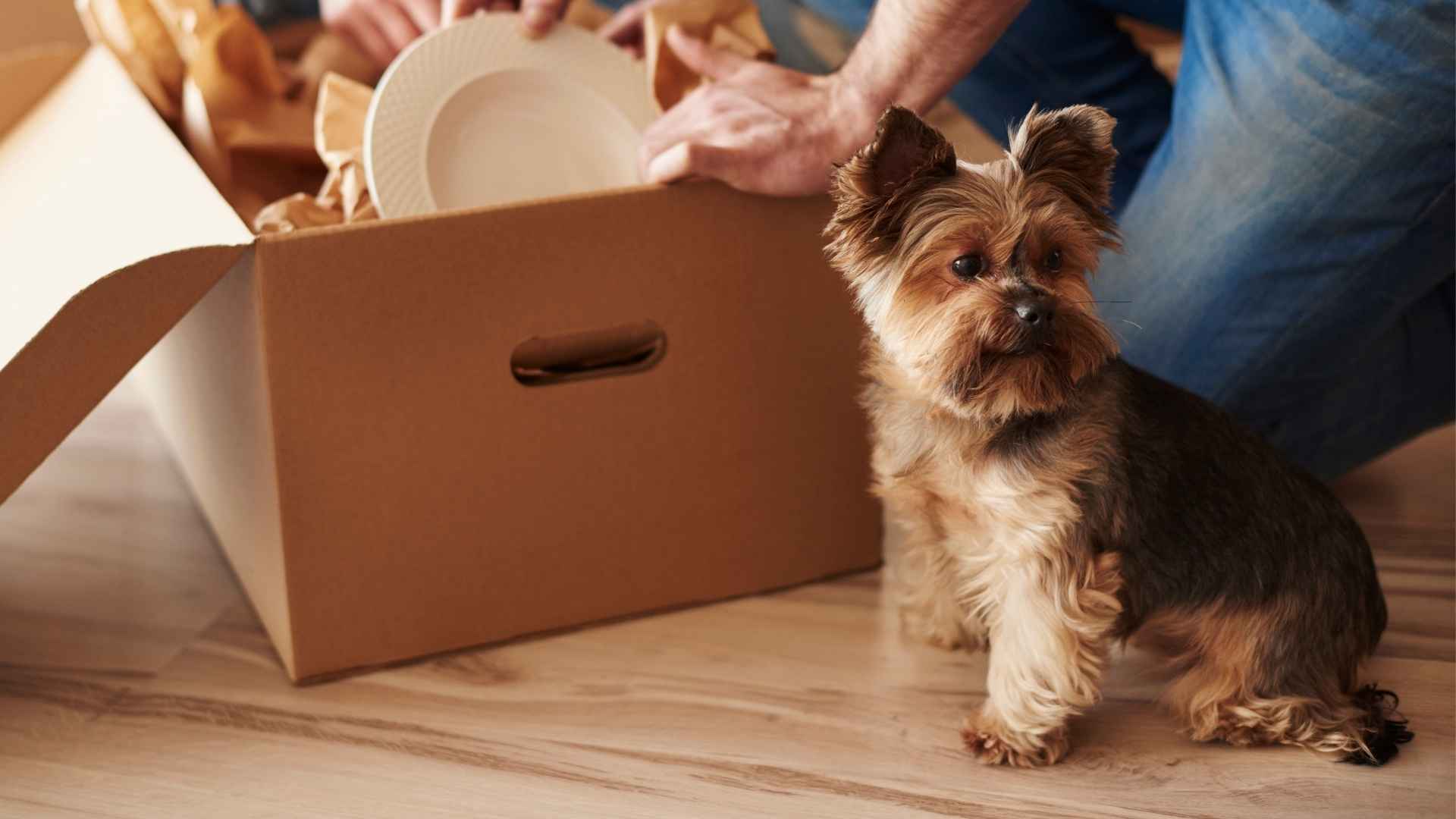When planning a move, most think about schools, work routes, or neighborhoods. According to research, it turns out that for nearly one in two pet owners, their living situation hinges more on what works best for their companion than for themselves.
And they’re even willing to shell out 32 percent more on rent to make it happen. That shift in priorities tells you something important: choosing the right dog for relocation isn’t just practical—it shapes your next chapter.
If your pup is going to move with you, the stakes are high—not just for paperwork or packing crates, but for making a place feel like home again. Adapting to a new space, being comfortable in unpredictable routines (that cross-country drive, a long walk in a strange neighborhood, searching for a good veterinarian), all of that matters.
So this isn’t about picking the prettiest or trendiest breed. It’s about finding a four-legged friend who handles change with confidence, settles into new routines without stress. And fits into your pace and place—whether that’s a city flat, a leafy suburb, or something in between.
Best Dog Breeds for Moving Domestically
Here are the 9 dog breeds:
1. Pomeranian
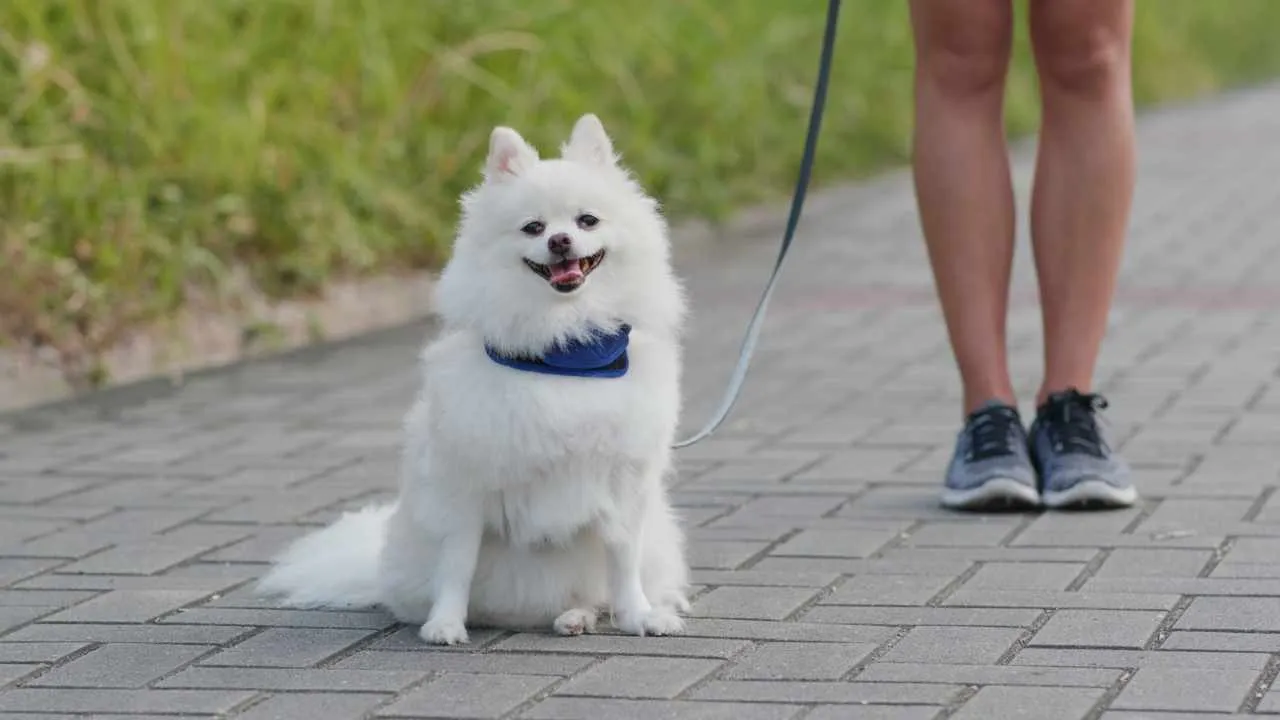
When it comes to the best dog breeds for moving domestically, the Pomeranian stands out because of its compact size and adaptable nature. This tiny pup can adjust well to a smaller living space, which makes the transition easier when moving to new homes, whether apartments or houses.
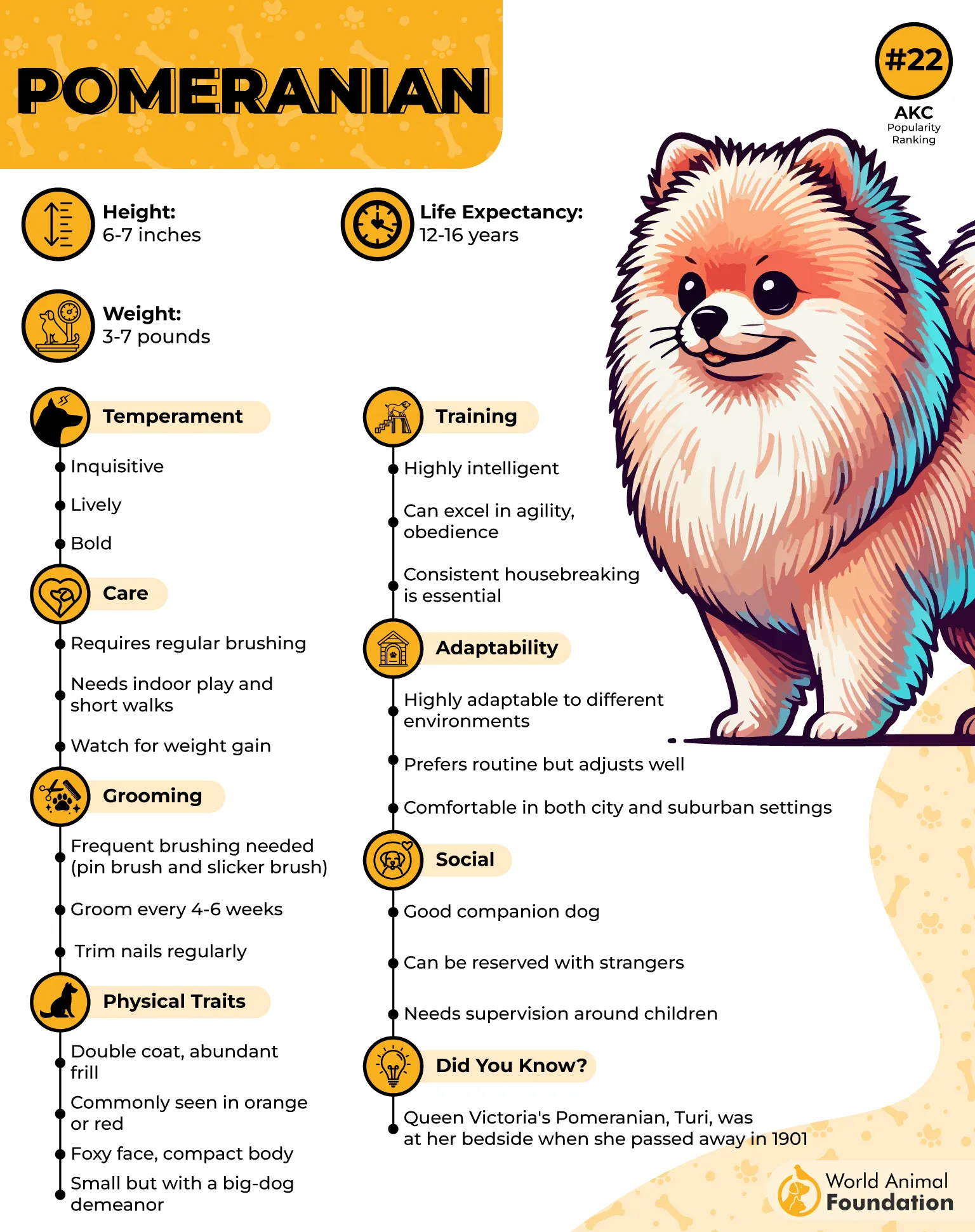
Unique Traits and Care Needs
Coat: A thick double coat with a frill over the chest. Needs regular brushing to prevent matting.
Exercise: Active but doesn’t require more exercise than play sessions indoors or short walks.
Training: Intelligent and quick to train, especially with consistency in housebreaking.
Safety: Can slip through small gaps in fences. Watch for other dogs and even birds of prey outdoors.
Grooming: Requires professional grooming every 4–6 weeks if not done at home.
Teeth & Nails: Weekly tooth brushing and short nails keep them healthy.
Behavior: Alert, confident, and protective despite their size. Makes them a great watchdog.
Play: Loves mental stimulation and learns tricks fast. Good for agility and therapy work.
2. Labrador Retriever

For families planning a move, the Labrador Retriever makes the process smoother. Many airlines and rental properties require a health certificate.
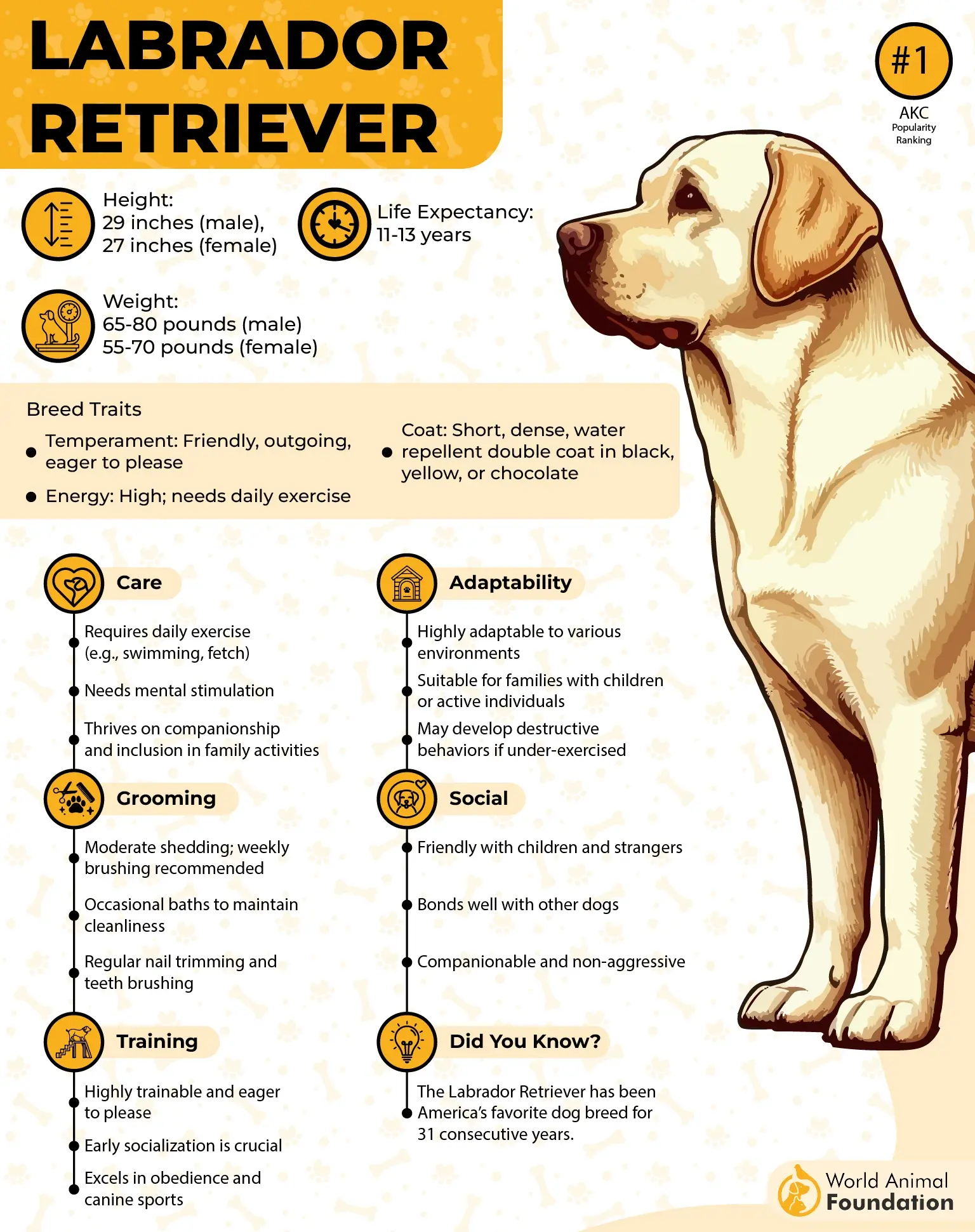
Unique Traits and Care Needs
And Labs generally meet these standards easily since they are among the most dog breeds recommended for active households. With their adaptability and loyal temperament, they can be the perfect pet for families relocating to new homes.
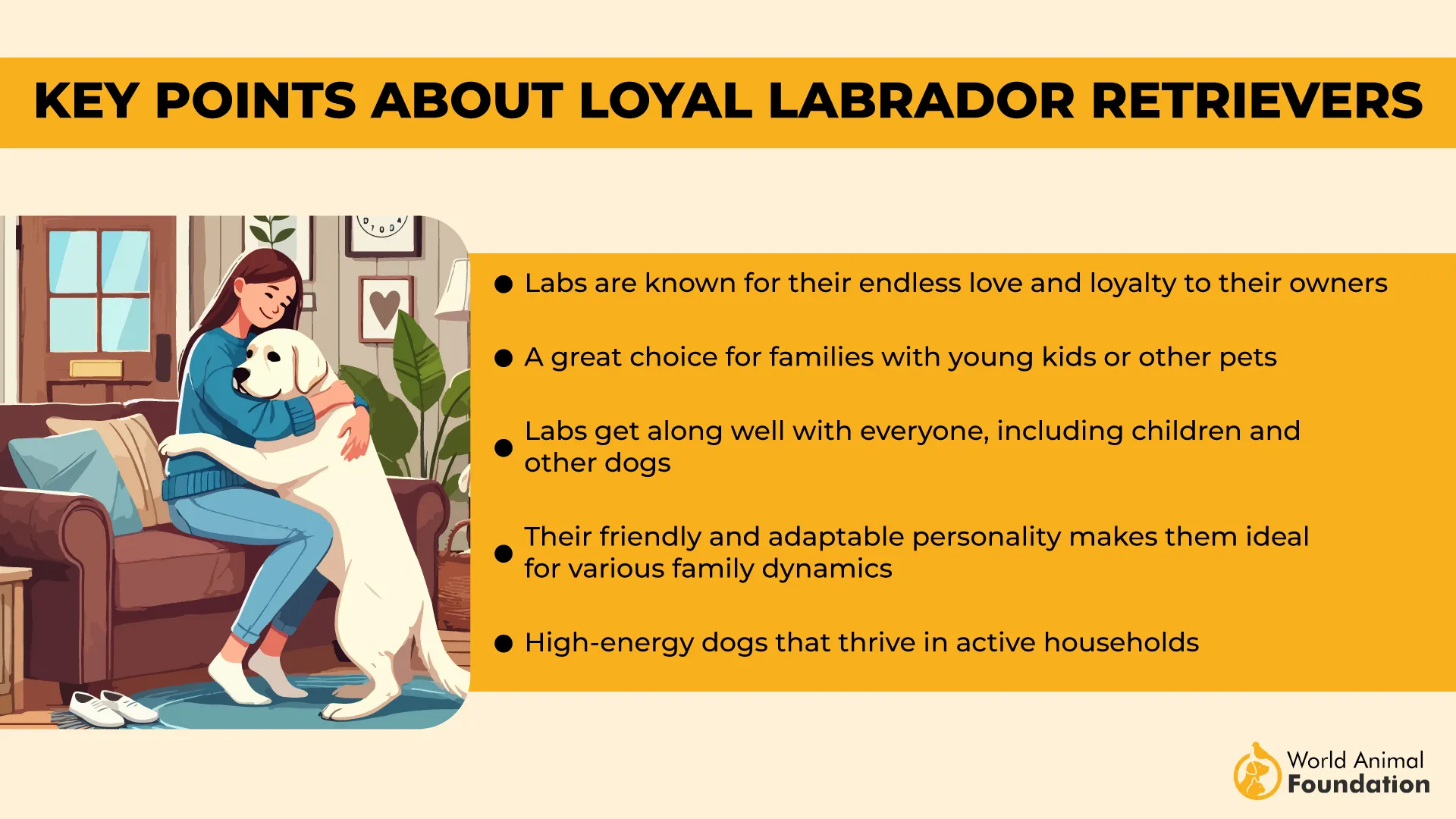
Size: According to the American Kennel Club (AKC), they are medium-to-large frame, standing 21.5–24.5 inches tall and weighing 55–80 pounds.
Coat: Water-repellent double coat, sheds regularly. Occasional baths keep it manageable.
Exercise: High energy levels. Needs daily activities like swimming, long games of fetch, or agility work.
Temperament: Social, affectionate, and bonds deeply with the whole family. Gets along with neighbors and pets.
Training: Responds well to early training and socialization. Puppy classes help avoid destructive habits.
Work Roles: Commonly serve as guide dogs, in search-and-rescue, or as detection dogs due to their intelligence and drive.
Family Life: Thrives when included in family activities. Labs do best when given both companionship and tasks.
3. Chihuahua
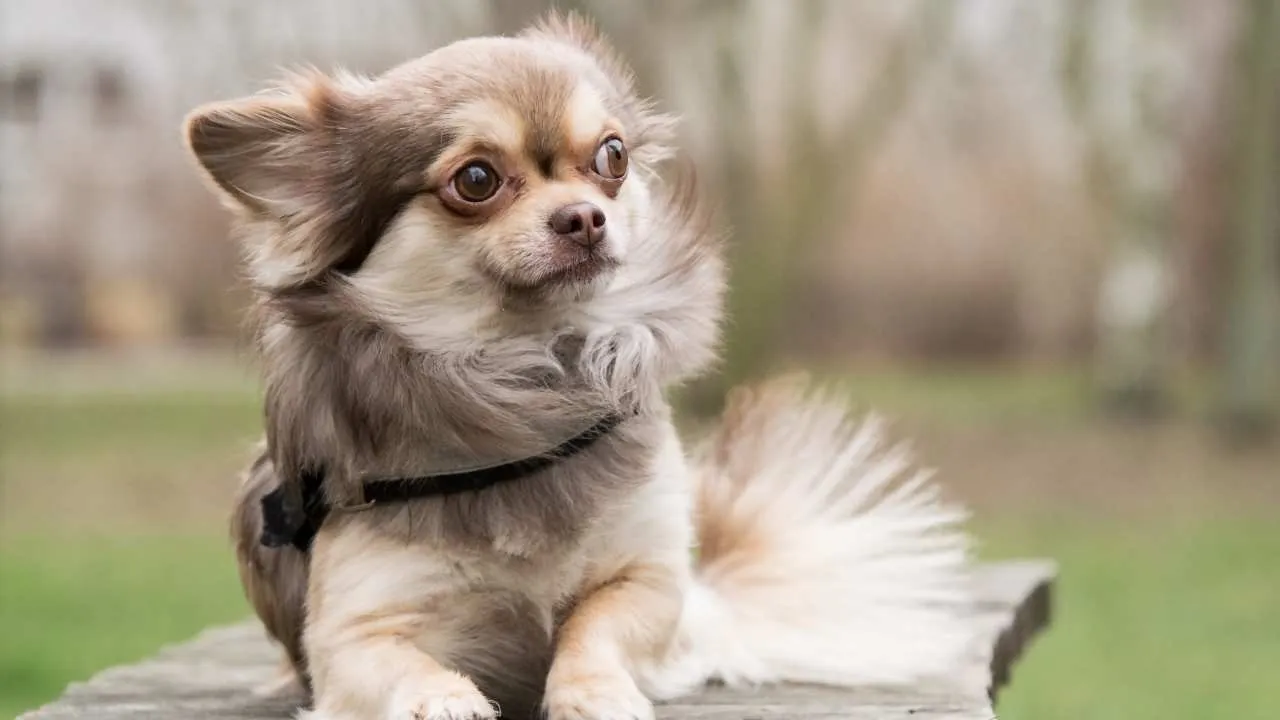
For households on the move, the Chihuahua is a practical choice. Their tiny frame makes travel and relocation simpler, and they don’t need enough space to thrive.
They are adaptable as long as they’re kept warm, safe, and close to their favorite person, which helps them settle quickly after a move.
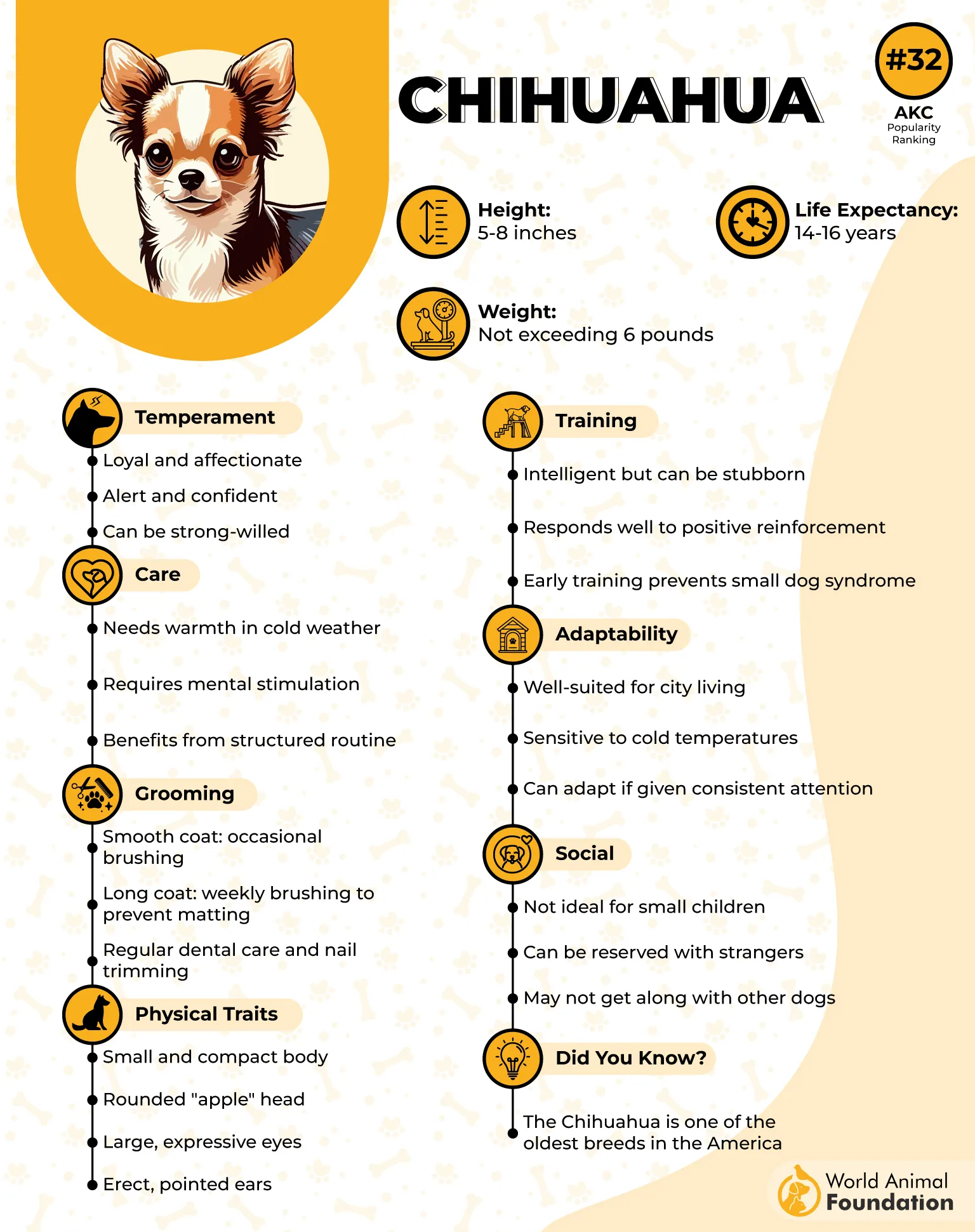
Unique Traits and Care Needs
Size: Weighs no more than six pounds, compact and portable.
Coat: Comes in long or short varieties. Smooth coats need occasional brushing; long coats need weekly care.
Exercise: Minimal needs. A short walk or following their family around the house is usually sufficient.
Health: Prone to dental issues. Regular tooth brushing and professional care from a vet are essential.
Temperament: Loyal, bold, and spirited despite their size. Needs consistent training to avoid “little boss” behavior.
Training: Responds well to positive reinforcement. Benefits from early boundaries and firm but gentle handling.
Safety: Sensitive to extreme temperatures, especially cold weather. Needs protection outdoors.
Behavior: Alert and intelligent. Excels in obedience and enjoys play with trusted companions.
4. Cavalier King Charles Spaniel

When considering the best breeds for families who may be moving, the Cavalier King Charles Spaniel often makes the list. They adjust well to both apartments and houses, and with necessary vaccinations up to date, they travel without issue.
According to Britannica, they are known for their gentle temperament. Cavaliers blend seamlessly into homes with children and even other pets. Their calm demeanor makes transitions easier for both people and animals around them.
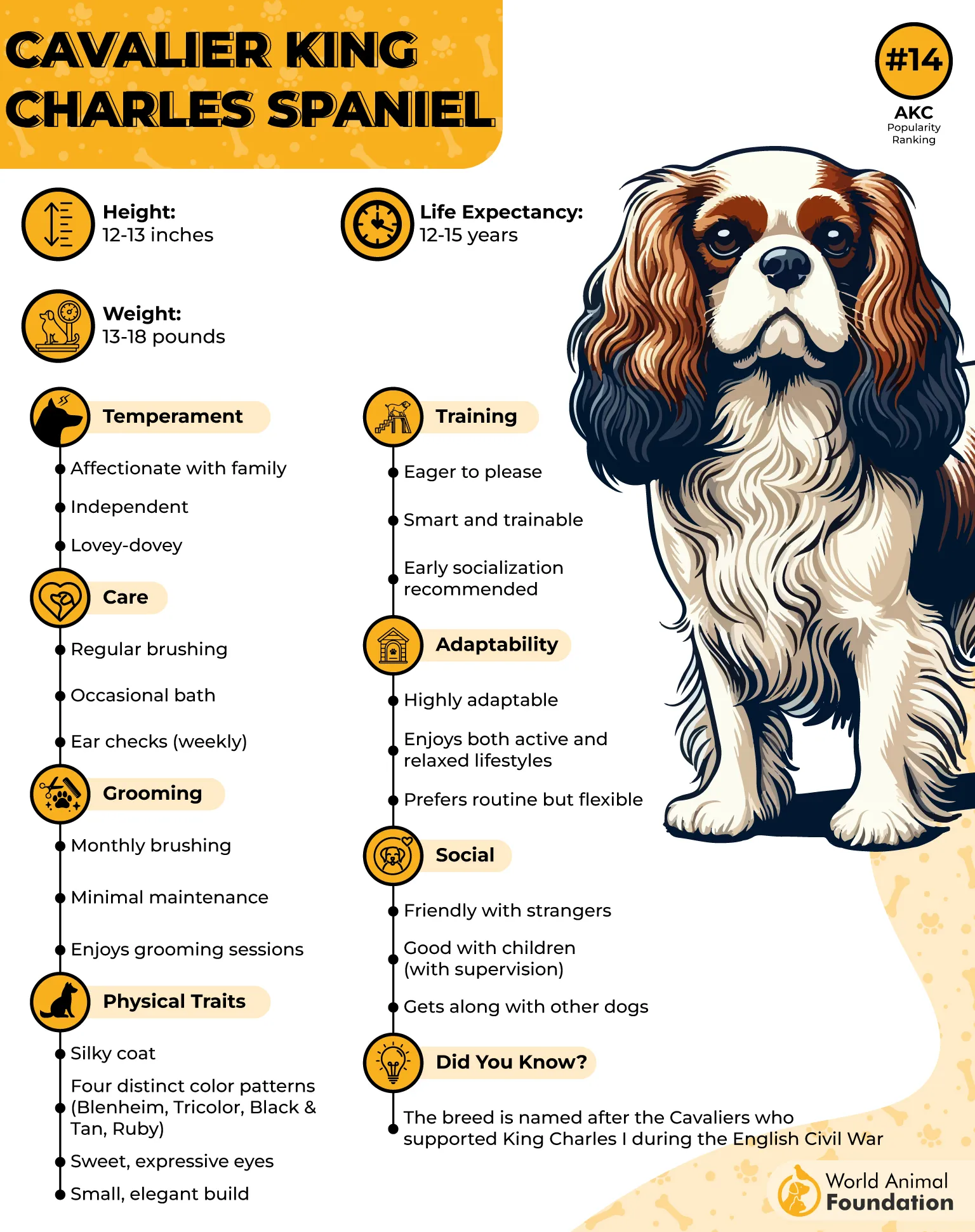
Unique Traits and Care Needs
Size & Build: Small, sturdy, slightly longer than tall, with feathered ears and silky coat.
Coat: Medium length, often wavy. Needs regular brushing and occasional bathing.
Colors: Comes in four patterns—Bleinheim, ruby, black and tan, and tricolor.
Exercise: Moderate needs. Daily walks or time at safe dog parks keep them fit.
Temperament: Sweet, affectionate, and gentle. Friendly with strangers and easygoing in new environments.
Health: Prone to mitral valve disease, syringomyelia, and ear infections. Regular screenings are recommended.
Training: Cooperative, eager to please, and enjoys activities like agility, nose work, and obedience.
Family Fit: Adaptable with both single owners and large families. Thrives in a calm and loving home.
5. Shih Tzu
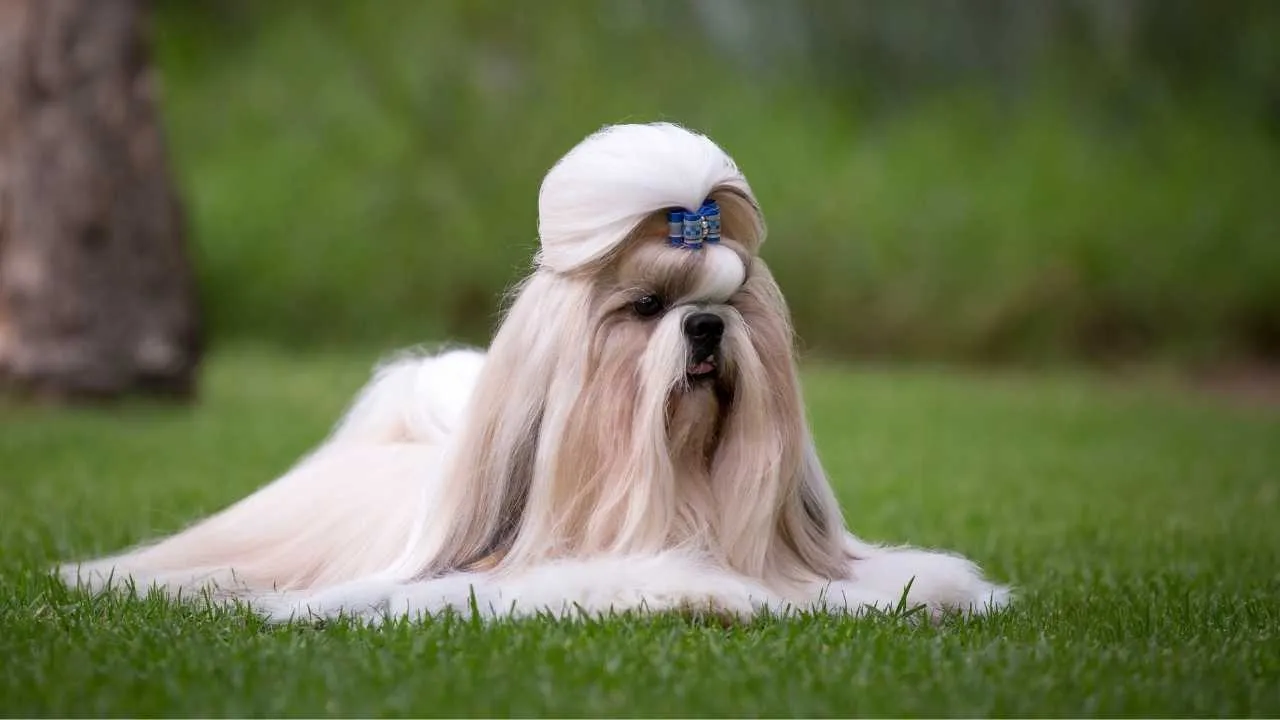
For families relocating, the Shih Tzu is one of the easiest companions to bring along. At one point in history, they were bred solely to live indoors with royalty, which makes them perfectly suited for apartment life and travel.
They adapt well to new homes, and paperwork and a permanent form of identification are crucial when moving with pets. Their small size makes the logistics simple. On trips, owners should remember to help them stay hydrated, especially since their short noses make breathing harder in warm conditions.
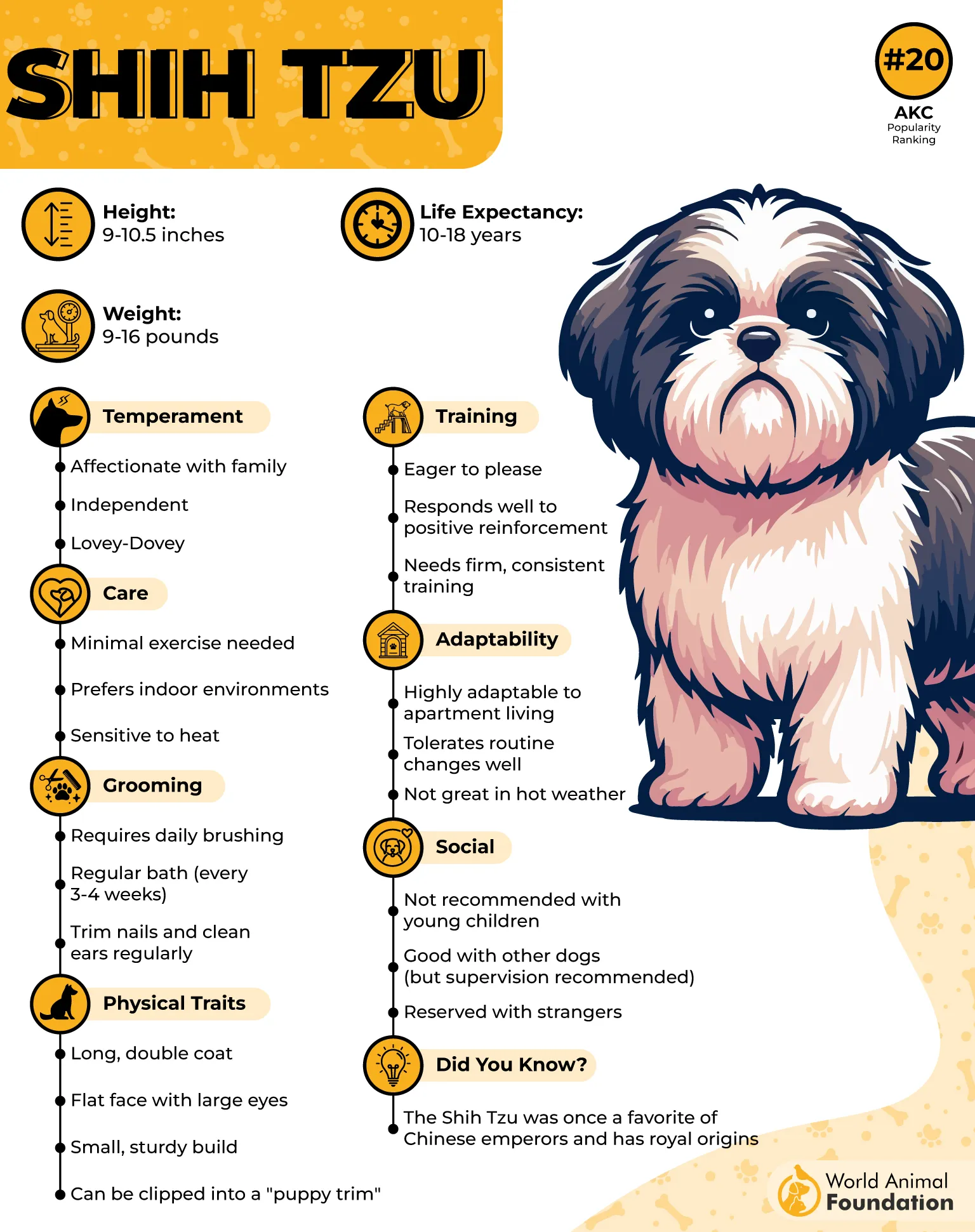
Unique Traits and Care Needs
Size: Weighs 9–16 pounds, standing 8–11 inches tall. Compact yet sturdy.
Coat: Long, flowing coat needs daily brushing. Many owners choose a puppy trim for easier care.
Grooming: Requires eye care, nail trimming, and regular baths every 3–4 weeks.
Temperament: Gentle, affectionate, and playful. Known for being loyal lap dogs.
Exercise: Minimal. Satisfied with short walks and indoor play sessions.
Training: Responds best to praise and rewards. Needs consistency to avoid spoiled behavior.
Behavior: Social and people-oriented. Early training and puppy classes improve manners.
Adaptability: Comfortable in apartments or small homes. Ideal companion for both individuals and families.
6. Yorkshire Terrier
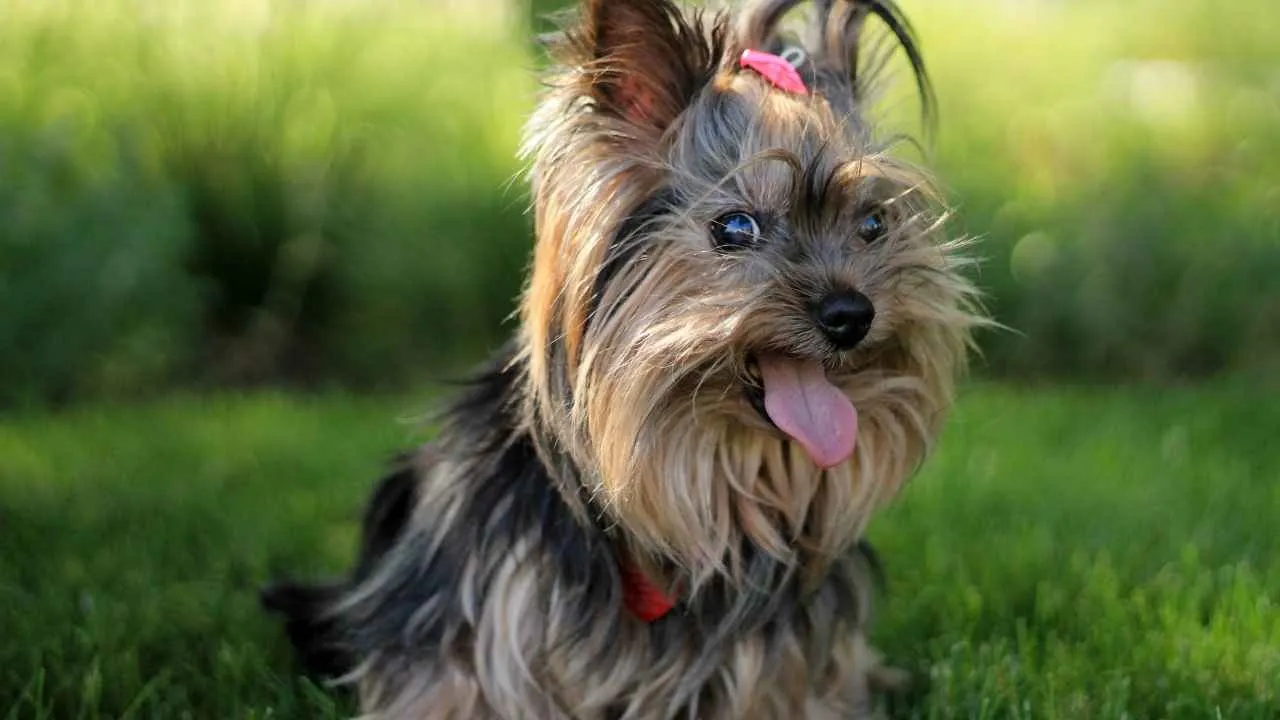
When moving domestically, the Yorkshire Terrier can be a reliable companion. Their small size makes travel simple, and with proper care, they adjust quickly to new environments. Meeting their unique needs is important, though—whether it’s diet, training, or grooming.
With the right attention, Yorkies can settle into a new home and still feel safe while bringing plenty of energy and charm. Their bold nature also means they instinctively try to protect their family, despite their small frame. Balanced food and consistent routines help them thrive after relocation.

Unique Traits and Care Needs
Size: Tiny but sturdy, with delicate bones. Best in families with older children.
Coat: Long, silky hair that requires daily grooming to stay healthy and tangle-free.
Exercise: Needs about 30–40 minutes of activity daily. Loves games, running, and fetch.
Temperament: Confident, spirited, and sometimes stubborn. Big personality in a small body.
Training: According to PDSA, they require patience and reward-based methods. Early training curbs stubbornness.
Family Life: Enjoys attention and bonds closely with people. Works well as a lap dog and companion.
Health & Costs: Expenses include vaccinations, neutering, microchipping, grooming, and insurance. Additional costs may arise if health issues develop.
Behavior: Alert watchdog, vocal at times, and unafraid of larger dogs.
7. Maltese
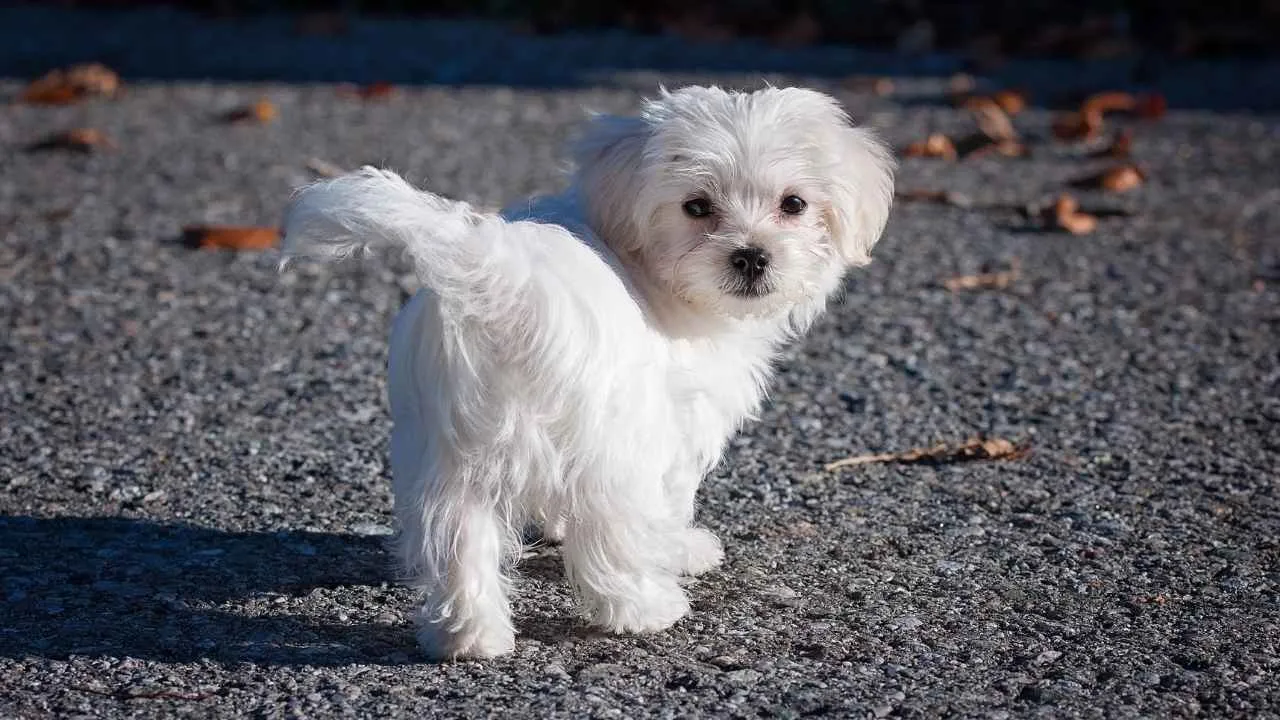
The Maltese is a good option for families relocating, especially in busy cities or apartments. Their small size and calm demeanor mean they travel without much fuss. Owners should always check moving regulations in advance to avoid complications.
Moves can be stressful for any pup, but Maltese tend to adjust quickly when kept close to their favorite humans. With proper care, they rarely get lost in the shuffle of a new home, instead bringing comfort and familiarity during change.
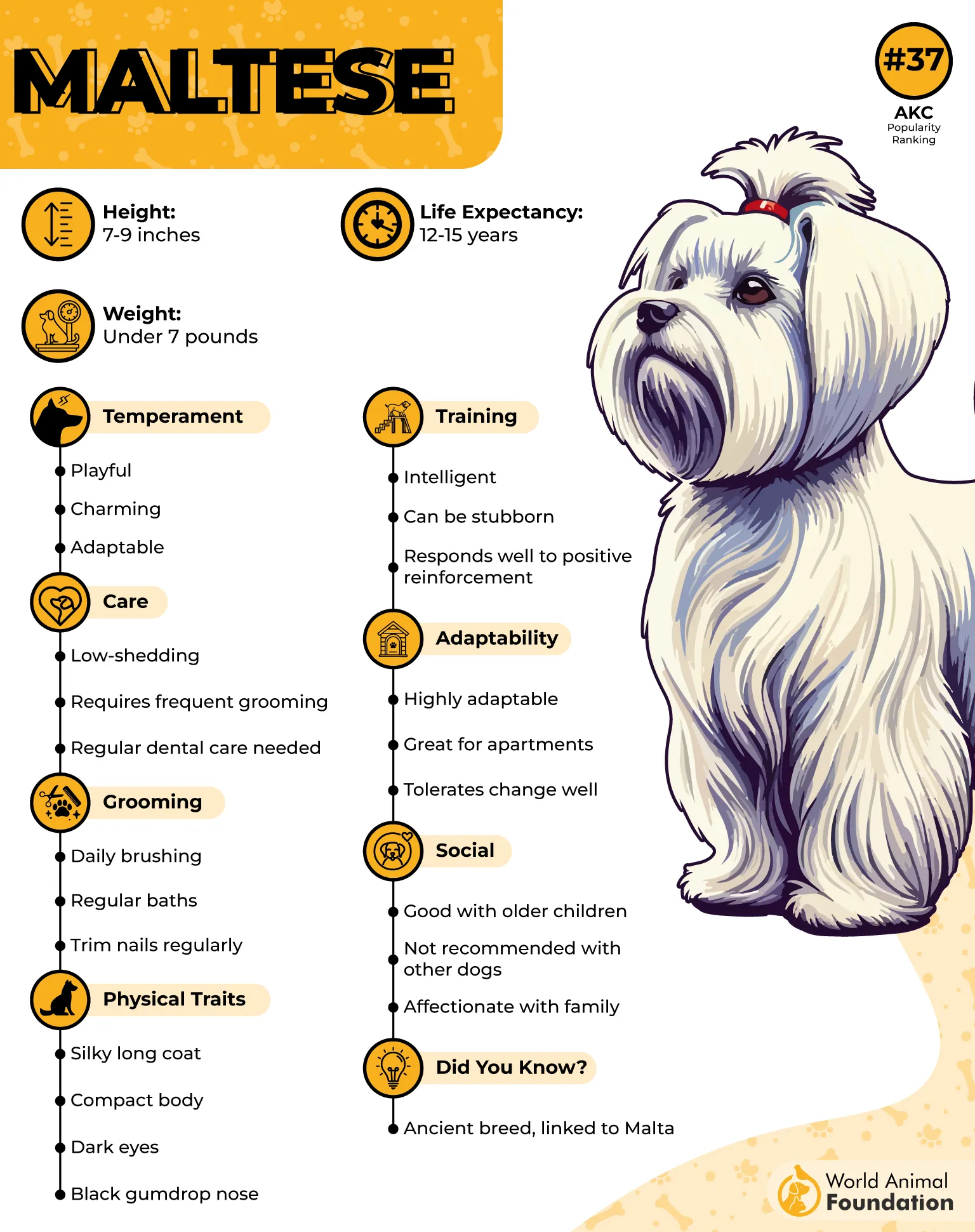
Unique Traits and Care Needs
Size: Weighs under seven pounds. Compact body with a graceful and balanced gait.
Coat: Long, silky, all-white coat that requires daily brushing to prevent tangles.
Grooming: Needs regular baths, nail trims, and dental care. Tear staining may require vet attention.
Temperament: Playful, affectionate, and confident. Makes a reliable lap dog and watchdog.
Exercise: Energy levels are moderate. Short daily walks or play indoors keep them healthy.
Training: Intelligent but sometimes stubborn. Responds well to positive methods and consistency.
Health: Prone to dental disease as they age. Regular brushing is crucial.
Sports: Agile and athletic. Can excel in obedience and dog sports when trained.
8. Bichon Frise
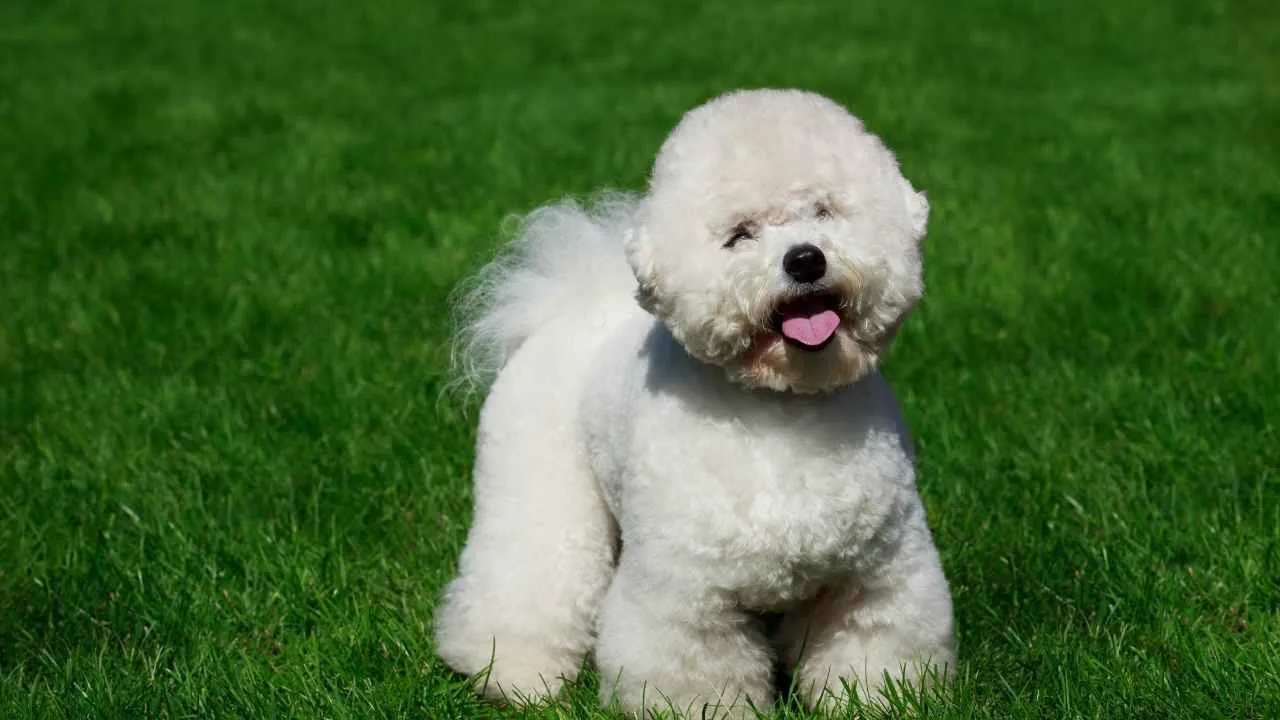
For families moving to a new destination, the Bichon Frise is an adaptable and cheerful choice. Their compact size and friendly nature make them easy to bring along. As long as they have consistent routines, they settle quickly.
Owners should prepare in advance by ensuring grooming supplies, travel crates, and medical records are ready for smooth access during relocation. With patience and consistency, you can teach this breed to adapt well to changes and maintain its happy temperament.
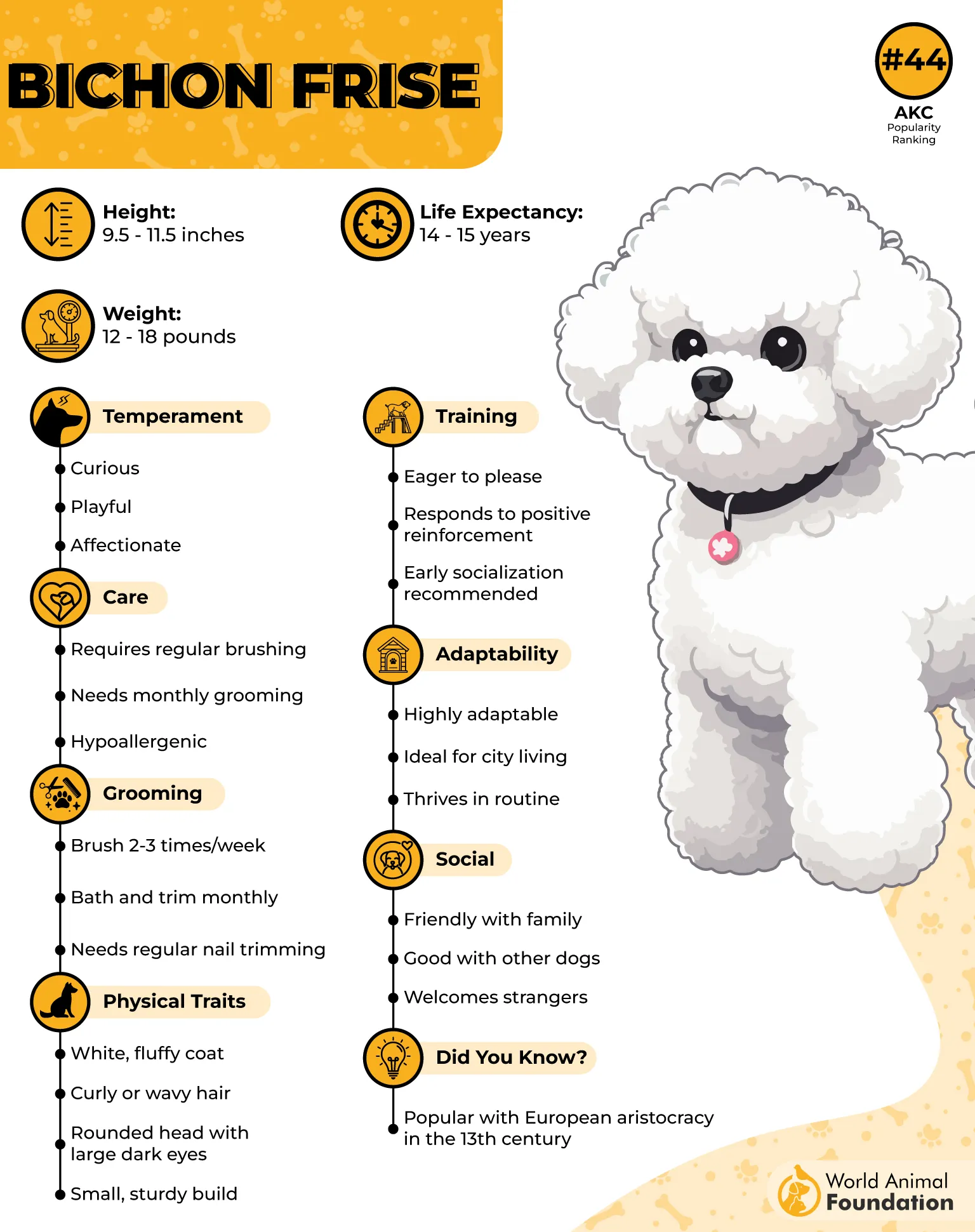
Unique Traits and Care Needs
Size & Build: Stands just under a foot tall. Small yet sturdy, with a strong frame for their size.
Coat: Hypoallergenic, plush white coat that requires regular brushing and monthly grooming.
Grooming: Needs baths, trims, and consistent brushing to prevent mats from forming.
Temperament: Happy, playful, and affectionate. Rarely meets a stranger, loves human attention.
Exercise: Moderate needs. Enjoys daily play sessions, with bursts of high energy indoors or in a yard.
Training: Intelligent and eager to perform tricks. Housebreaking can be a challenge, but it improves with consistency.
Behavior: Thrives when kept close to family. Dislikes being left alone for long hours.
Social Life: Gets along well with kids, other dogs, and enjoys group activities like agility or rally.
9. Papillon
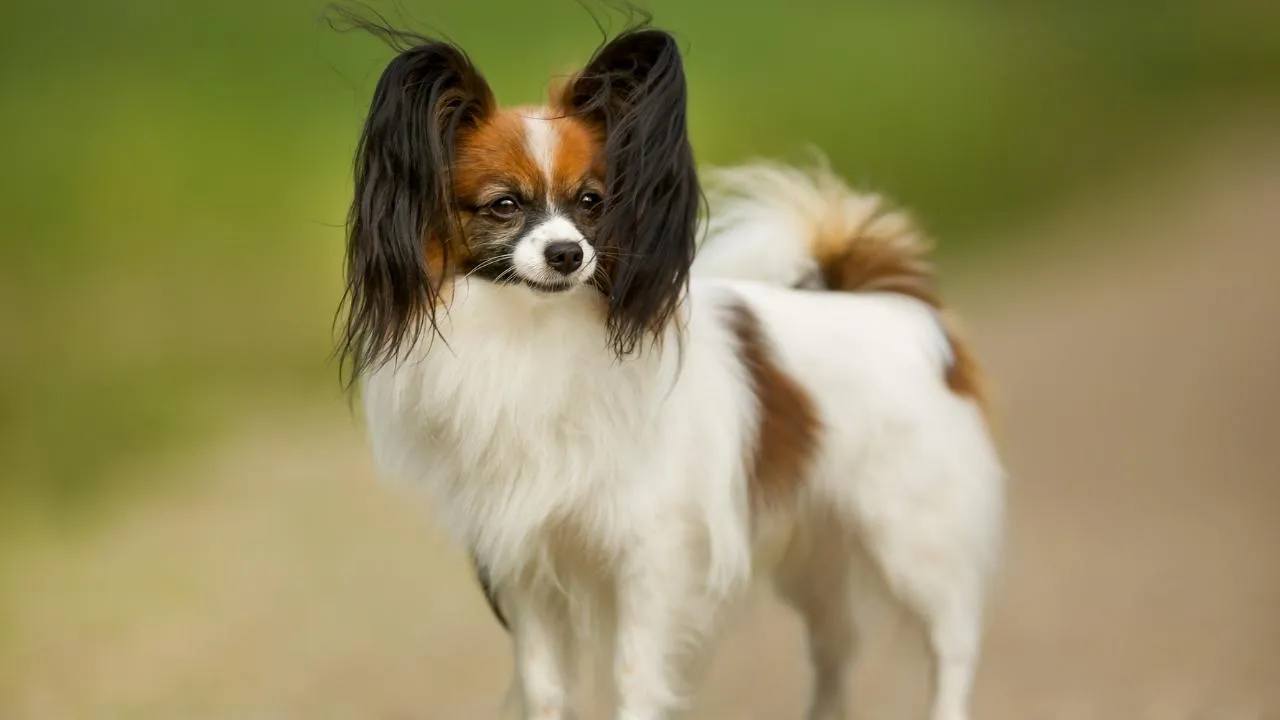
The Papillon may be small, but it’s not a dog to be held back by size. When it comes to flying across an agility course or sprinting after a toy, this breed moves with energy and precision. Their light build and quick steps almost make them seem like they’re moving on air.
Still, because of their adventurous nature, owners should set clear restrictions during outdoor play. A Papillon will gladly dart after a squirrel, chipmunk, or even a larger dog, so keeping them on a secure lead helps protect them from trouble.
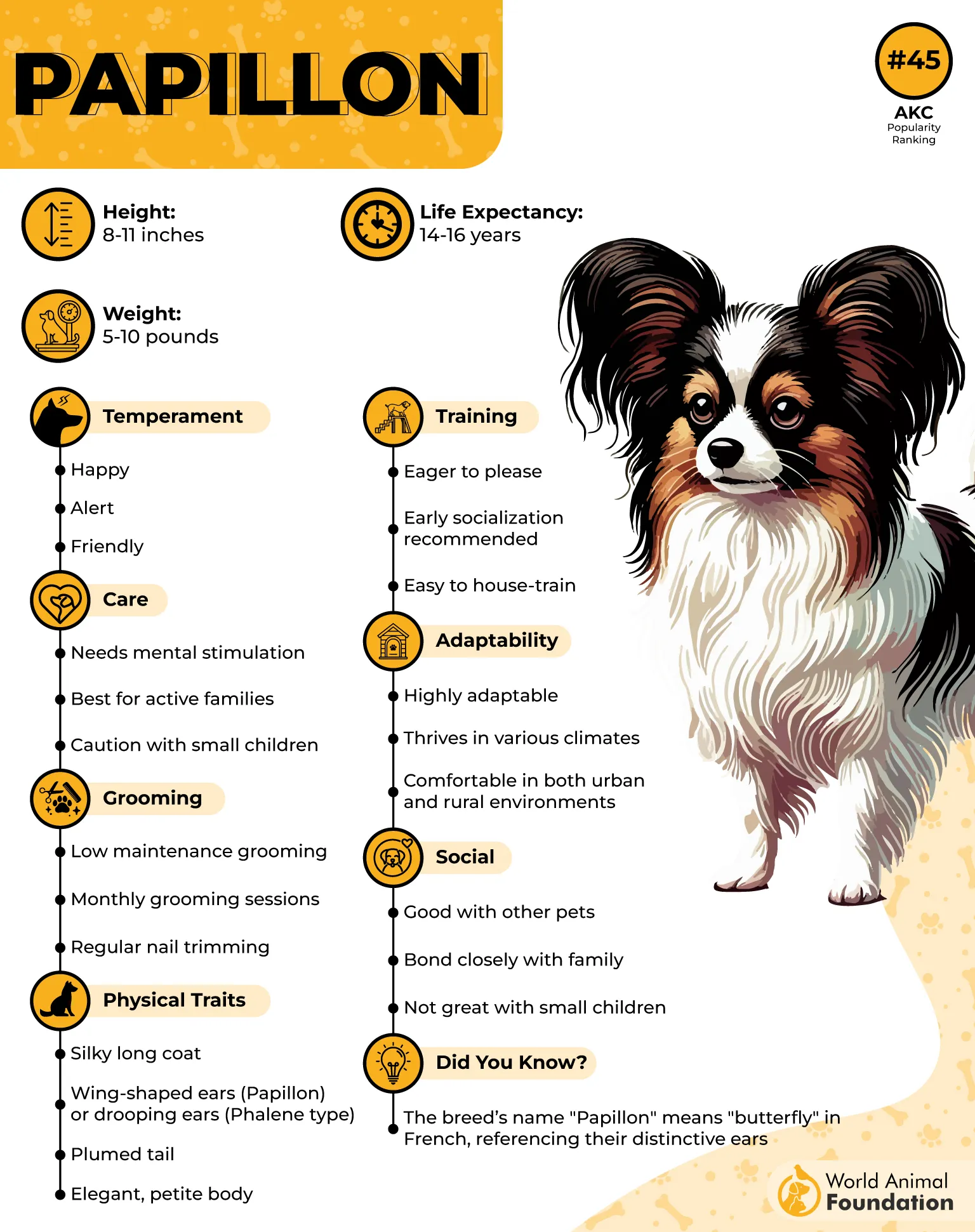
Unique Traits and Care Needs
Size & Build: Small, dainty, 8–11 inches at the shoulder with distinct butterfly-shaped ears.
Coat: Long and silky without an undercoat, easy to maintain compared to many long-haired breeds.
Grooming: Monthly grooming with occasional baths; regular brushing behind ears, thighs, and legs to prevent mats.
Temperament: Intelligent, curious, and full of energy. They thrive on companionship and mental stimulation.
Exercise: Needs daily activity. Indoors, they love retrieving small toys. Outdoors, they run fast and chase prey instinctively.
Training: Quick learners who excel at tricks and agility. Early socialization and obedience classes are highly recommended.
Behavior: Overconfidence in their small size means they may approach bigger animals without hesitation.
Social Life: Bonds deeply with people and can also get along with other pets. They dislike being left alone for long periods.
Conclusion
When it comes to moving domestically, the right dog can make all the difference in how smoothly the transition unfolds. Breeds that are adaptable, people-focused, and comfortable with change tend to handle the stress of a new home far better. Whether it’s a small companion that fits easily into apartment life, or a larger breed that thrives as long as they’re near their family.
The key is finding a dog that adjusts well to new environments and routines. At the end of the day, the best choice will be the one that matches your lifestyle and can settle into your new surroundings with confidence.


